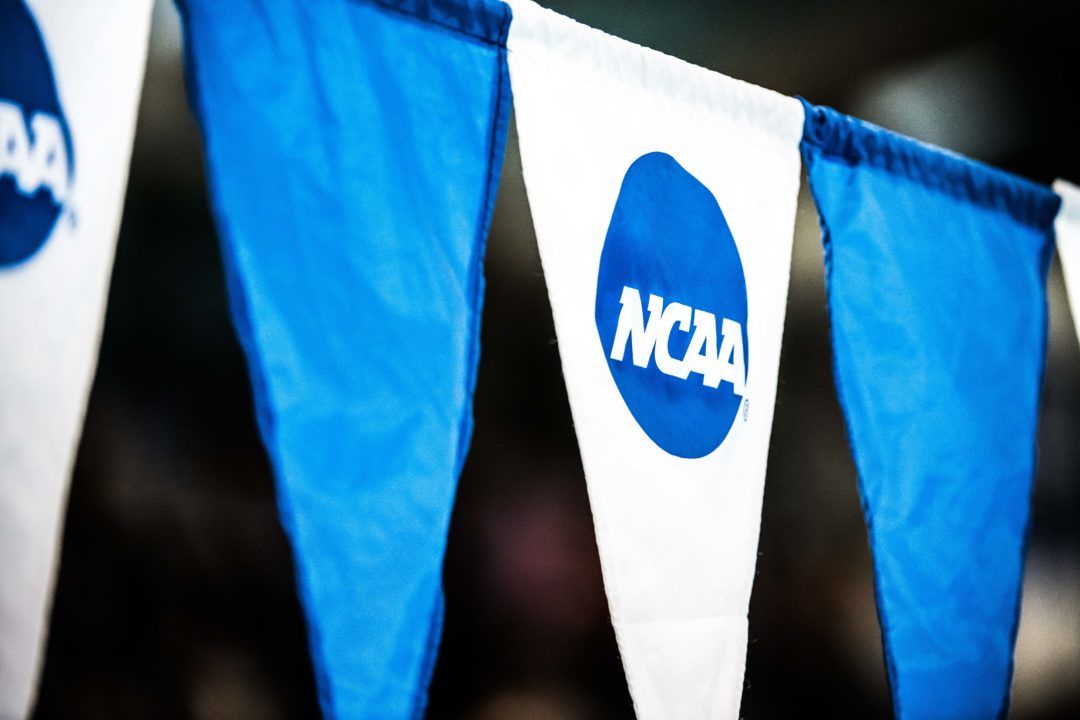The NCAA Division I Council announced Wednesday that it will adopt a new proposal that allows student-athletes to transfer without getting the permission of their current institution.
The new “notification-of-transfer” model will take effect on October 15, 2018.
Under the new system, a student can inform his or her current school of a desire to transfer, and then the school must enter that student’s name into a national transfer database within two business days. Once the individual’s name is in the database, coaches at other institutions have free reign to contact the student.
The previous system required student-athletes wishing to transfer to get permission from their current school before contacting another school, and receiving a post-transfer scholarship offer. That rule was intended to stop DI coaches from recruiting athletes from other DI schools. The rule will put an end to a debatable practice wherein a DI coach would prevent an athlete wishing to transfer from contacting specific schools (usually rival schools).
However, under the new system, individual conferences can agree on their own transfer rules – like mandating time off of competion when an athlete transfers within his or her conference.
The NCAA’s Transfer Working Group proposed the change in fall 2017 in an attempt to separate a student-athlete’s interest in transferring to a new school from the process of receiving a scholarship at the new school. The Division I Board of Directors developed a series of principles to guide the Transfer Working group, which included that any rule changes should “support the academic success of student-athletes,” and “be based on data and create the least restrictive environment possible for student-athletes.”
Over the past few months, CBS reported multiple other transfer proposals, including one that would force all student-athletes to sit out a year after transferring, and another that would lessen the mandated time out for students who meet a certain GPA threshold.
Beyond this change, the Transfer Working Group is considering other transfer issues, including the processes surrounding postgraduate transfers.
Additionally, in the next week or so, legislation regarding financial aid could be modified. As of now, schools cannot cut off an athlete’s financial aid based on intent to transfer at the end of a term – but the NCAA will vote on two different proposals that would allow institutions to end aid after an athlete’s intent to transfer has been made clear.
Despite the heavy focus on transfer rules and the recent inundation of transfers in swimming specifically, the NCAA did publish data in October 2017 that showed that student-athlete transfers were significantly less common over the past decade than they historically have been.

Does this apply to D2. When I’d it effective
I think it’s good now if people don’t find the right program at first this will make changing easier – at the same time maybe it will help those swimmers to routinely blame others for their lack of success realize its them/their lack commitment and work ethic not the programs they keep choosing
A great change to help kids that maybe made a decision too soon or whose priorities changed in college.
Or kids who were completely duped on their recruiting trips…this is great news!
Does this apply to non-scholarship athletes?
Yes, transferring has nothing to do with scholarship.
PREACH IT
So now, coaches (especially at the top schools) will be recruiting Seniors in high school, Juniors in high school, and also the best collegiate swimmers currently competing for a team outside the Top 10 at NCAA’s.
What makes you think that doesn’t happen already? Not as obvious for the transfers, but it happens in Swimming and a lot of other sports.
It’s not just the coaches that do the recruiting (*ahem*shopping around*ahem*) of current collegiate swimmers, either….
So will all the conferences follow suit and abide by this or will they exercise their right to maintain and enforce more restrictive measures regarding transfers?? If the conferences do not comply the NCAA ruling is useless.
The conference rules apply to intra-conference transfers only. NCAA rules apply to inter-conference transfers. The stricter conferences will see inflow to & outflow from the conference, not between schools. The less-strict conferences will see inflows and outflows between conference schools and in/out of the conference. That’s how I see it. This is long overdue
Conferences can only affect their own conference. Meaning if you want to do things this way, as stated in the article, the SEC (which has more restrictive policies) can only affect you if you stay in conference (Ex. Auburn to Georgia). If you are out of conference coming in, or in conference going out, you should be fine